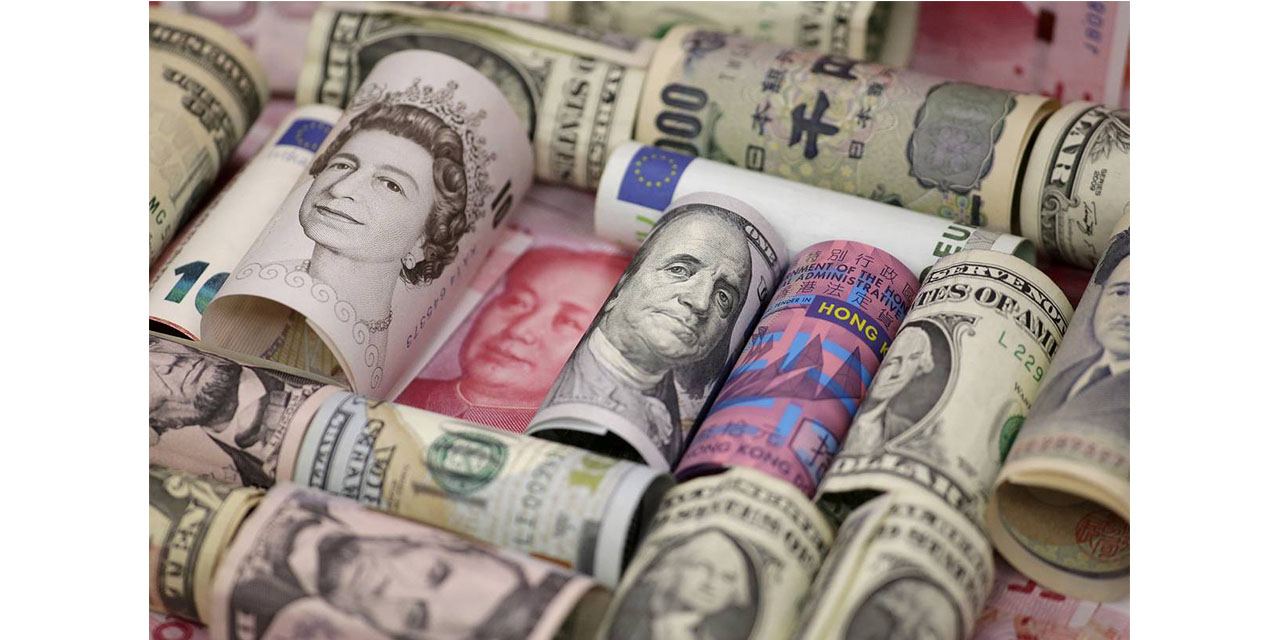The Bank of Namibia’s stock of international reserves increased in June to N$52.9 billion in June relative to the N$49.6 billion at the end of May 2023.
The central bank said the rise was on account of diamond sales proceeds, Customer Foreign Currency (CFC) placements as well as net commercial bank inflows as a result of portfolio investment inflows.
“The foreign reserves translated into 5.5 months of import cover at this level remaining above the international benchmark adequate to support the currency peg between the Namibia Dollar and the South African Rand,” the central bank said.
Namibia’s growth performance is expected to weaken during 2023 and 2024, in line with lower global demand and reduced spending power for consumers, according to the bank’s economic outlook.
Real GDP growth is estimated to slow down to 3 percent and 2.9 percent in 2023 and 2024, respectively, from 4.2 percent estimated for 2022. The upward adjustment in the 2022 growth estimate was mainly on account of final production numbers from the mining sector (especially diamonds), which turned better than our earlier estimates.
The bank has said risks to domestic growth are dominated by uncertainty around the extent of global monetary policy tightening going forward and high costs of key import items that are likely to persist for a long time.
Major central banks in the world have continued to increase interest rates, a phenomenon that is already expected to result in a global slowdown in 2023 and 2024, with many economies experiencing recession at some points.
The central bank has furthermore, said the war between Russia and Ukraine is likely to continue for some years and so is the high prices for affected commodities for which Namibia is a net importer.
Other domestic risks include water supply interruptions that continue to affect mining production at the coast, potential spillover of electricity cuts from South Africa to Namibia, and uncertainties about the effects of climate change going forward, the bank stated.




